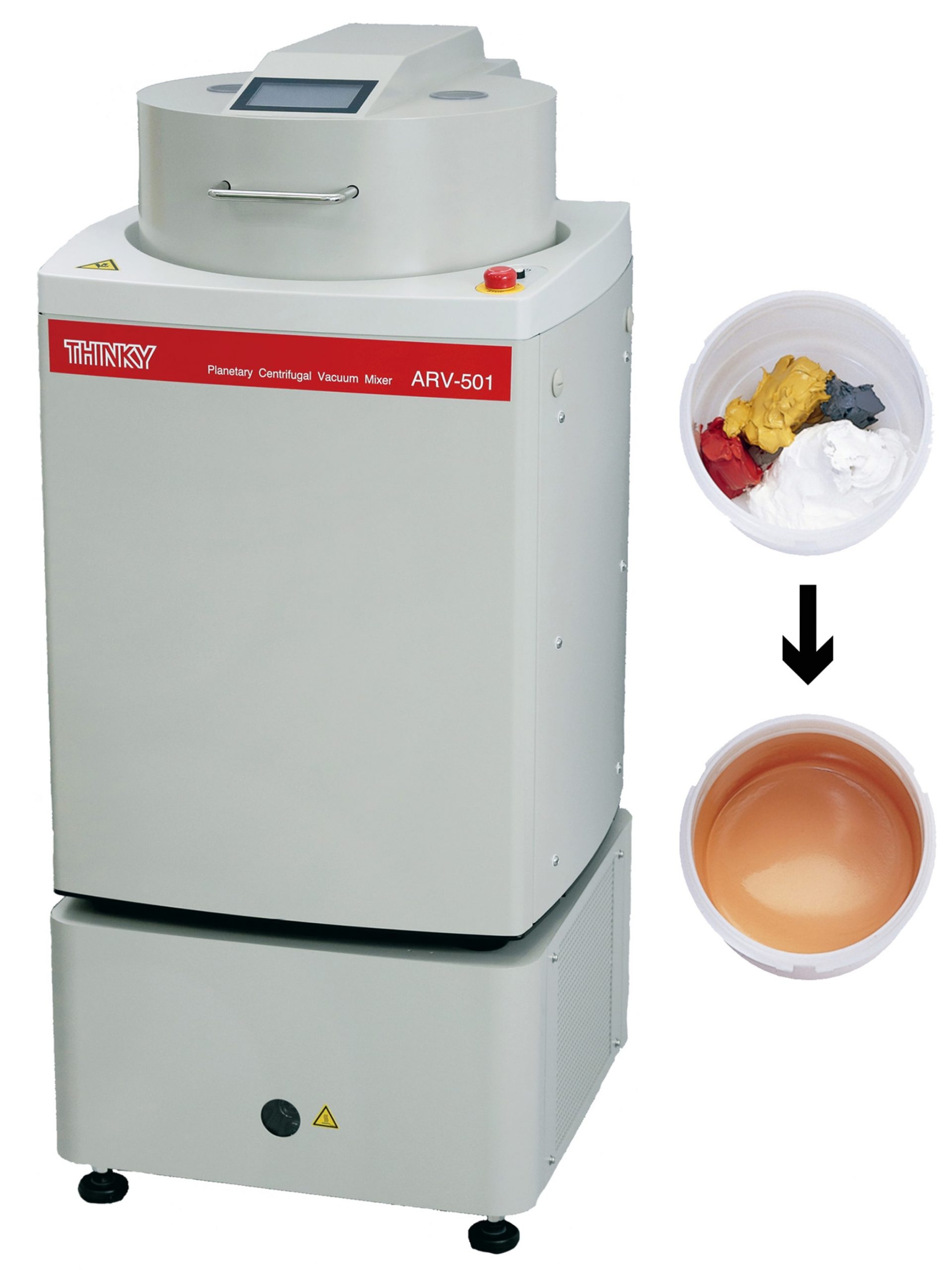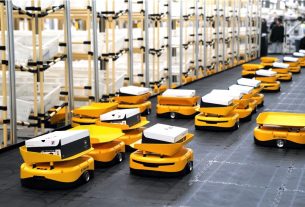~ How to overcome mixing issues in a cost-effective way ~
When mixing liquids, pastes and powders during an industrial process, manufacturers may identify issues that lead them to consider alternative methods. Common areas for improvement include variance due to a manual process, difficulty validating the process, or a high defect rate. Manufacturers may also have productivity reasons to change their mixing processes, such as to increase throughput or reduce waste. Here Matthew Baseley, Senior Internal Technical Sales Executive at Intertronics, discusses the factors contributing to return on investment when considering planetary mixing equipment.
Many industrial applications require fast, homogenous mixing of materials, including adhesives, inks, cosmetics, and pharmaceuticals. It could be the combination of materials of differing viscosities, or the addition of solids such as conductive powders, catalysts, phosphors, fillers or even nanoparticles, into liquids or pastes. There are multiple methods of mixing materials. One common approach is contact mixing, which can range from stirring with a stick, using glass stirrers and beakers, electric stirrers with blades or paddles, or magnetic stirrers.
Manufacturers usually look to change their mixing process if they identify specific issues or areas for improvement. It might be to reduce the time or number of steps required; a mixing process could require material to be weighed into a cup, mixed, degassed, decanted into a syringe or other dispensing technology, and then perhaps even degassed again. Alternatively, there may be problems with quality and repeatability; the paddle or stirrer may introduce air into the mixture, homogeneity may vary between operators or contamination might be introduced between batches.
An alternative to contact mixing is planetary centrifugal mixing. The non-contact mixing action of this technology combines rotation and revolution within a set radius to achieve a fast, fully homogeneous mix. These mixers can mix, disperse and degas materials in seconds to minutes in the user’s own product container. Contrary to contact mixing, they also tend to remove air rather than cause it to be entrapped.
Determining ROI
When determining the possible ROI of new mixing equipment, the first step is to understand the intricacies of the mixing process for your specific application and determine exactly what it is you wish to achieve. Building up a clear picture of the current process will help determine the most suitable equipment for you to trial but will also help you understand the indirect cost savings, as well as the more obvious direct ones.
One benefit of using a planetary centrifugal mixer, such as a THINKY Mixer, is that it can remove steps — and therefore time and labour — from the process. THINKY Mixers enable you to simultaneously mix, disperse and degas materials in jar, beaker syringe tube or cartridge — and so can free up time that would otherwise be spent manually mixing, degassing, filling and decanting. This can both speed up the process to improve throughput and potentially productivity, and free up the operator’s time to perform value-added activities elsewhere. There may be an indirect health and safety benefit too, because manual mixing can lead to repetitive strain injury (RSI).
Because material does not have to be decanted between containers and the process is non-contact, it reduces the amount of wasted material left in a previous vessel or on a paddle or stirrer, greatly reducing cleaning the requirements and meaning there is a minimal risk of cross contamination between batches.
Quality and yield
THINKY Mixers enable precise and repeatable control of the mixing process, which can lead to improved formulation quality, reduced human error and less variation between batches due to operator technique or skill. Process variables like time and speed are programmable and stored in “recipes”, so the mixing is the same each time.
The technology can also prevent serious product defects that occur from incomplete mixing. For example, when working with a two-part adhesive, if homogenous mixing is not achieved it can lead to incomplete cure. Material that has not fully cured may be unable to withstand the chemical, structural or environmental conditions the product will be subjected to — full cure is required to achieve the parameters listed on the data sheet. In these cases, the partially cured material either must be mechanically or chemically removed, or the entire part discarded. If you are operating a multi-step process and by the time adhesive is applied the product has been heavily invested in, you may find that the payback period for a THINKY mixer is extremely rapid.
Mixing using rollers, blades or propellors can cause physical damage to fillers, and subject the materials to high rates of shear which can be harmful. Non-contact mixing is effective at controlling shear during mixing, and is usually quite benign to the products.
Ongoing costs and other considerations
Understanding the requirements of the process and what steps are required is central to equipment choice; there are different types of planetary mixer, offering a range of functionalities. Some are pure mixing models, some perform both mixing and removal of visible bubbles and some can both mix and degas to a high level under an integral vacuum — and removing micro-bubbles down to 100 microns diameter. Opting for a machine with more functionalities than you need will increase upfront costs.
Assessing both the volume and frequency of the mixing process are important in determining firstly which mixer to invest in and which consumables you will need. A machine capable of mixing larger volumes will be more expensive, so it may be more cost effective to mix materials in smaller batch sizes. For example, if you are mixing 500g of material, splitting it into five batches that fit into a smaller machine might offer better ROI.
Weighing up all the indirect costs from the process, labour and quality factors against the cost of the mixer can help to determine the payback period and the ROI of the equipment. Like all mixing processes, a THINKY Mixer will require some ongoing expenditure in mixing containers. There is a trade-off of disposable versus reusable containers, remembering to factor in cleaning time for the latter. For critical processes, the risk of cross contamination may mean you are required to use single use containers. The ultimate solution would be to mix in the final packaging container, which is a feasible option if required.
Mixer choice will depend on volume and features, i.e. integral vacuum. A good supplier will have the ability to address your mixing challenge by doing laboratory evaluations and demonstrations with you. Their previous experience will help you develop the best combination of mixing parameters for an optimal outcome.
The return on investment calculations will include time savings (both in mixing and in process preparation and clean-up), and mixed quality including consistency and bubble-free. Sometimes, the combination of mix ratios, viscosities, liquids, pastes and solids cannot be mixed successfully any other way. For further information on THINKY Mixers, visit https://www.intertronics.co.uk/product-category/metering-mixing/thinky-mixing-and-degassing-machines/.




